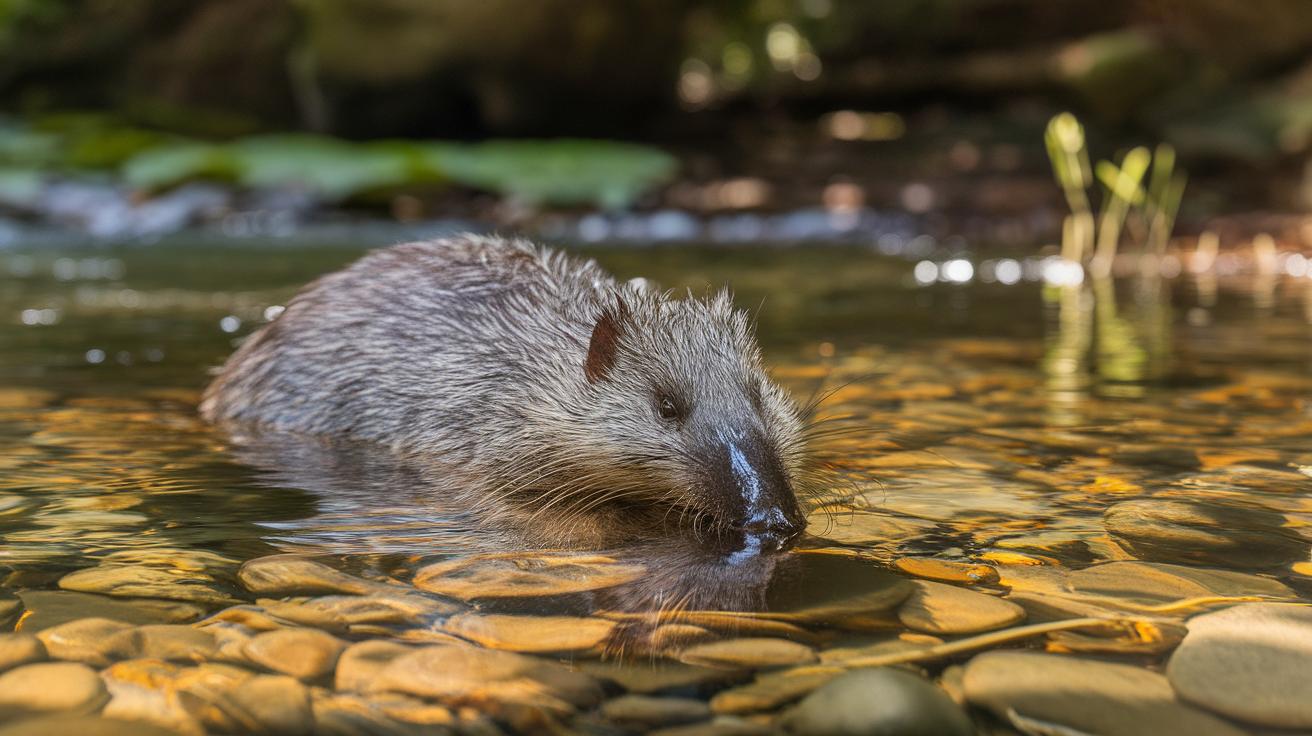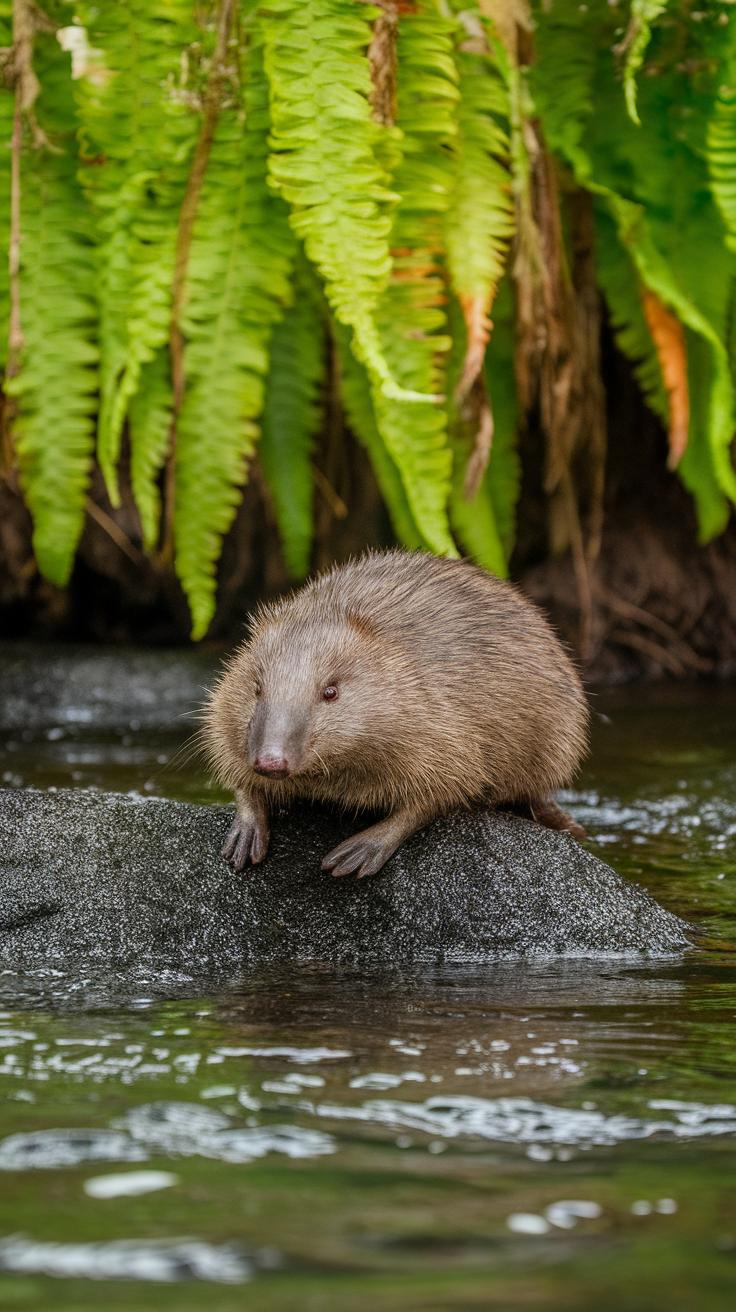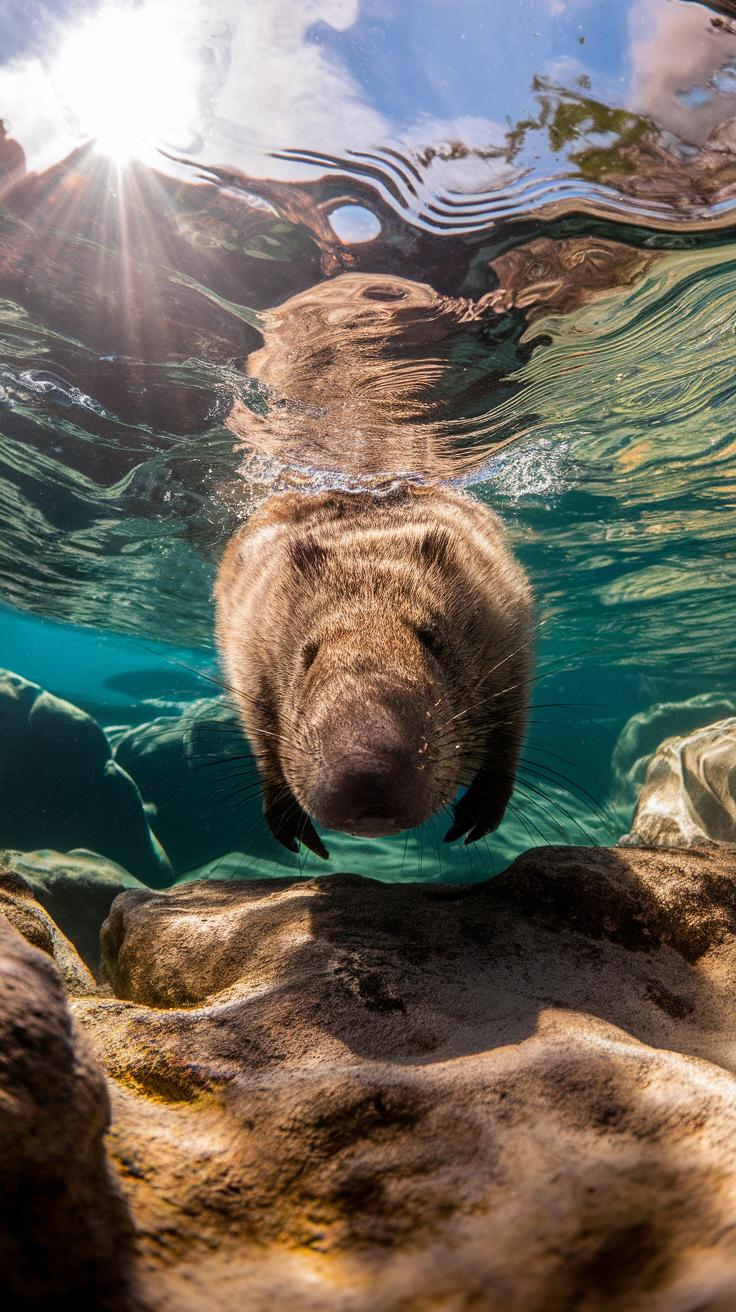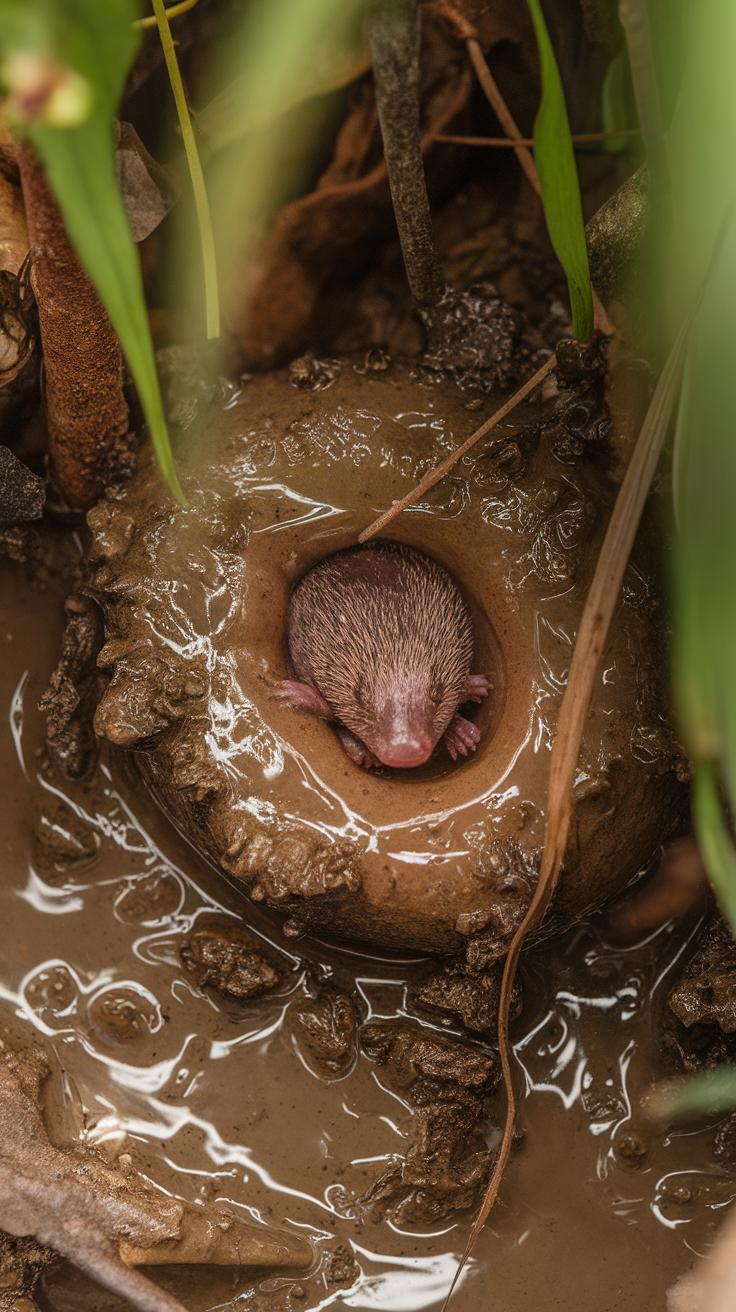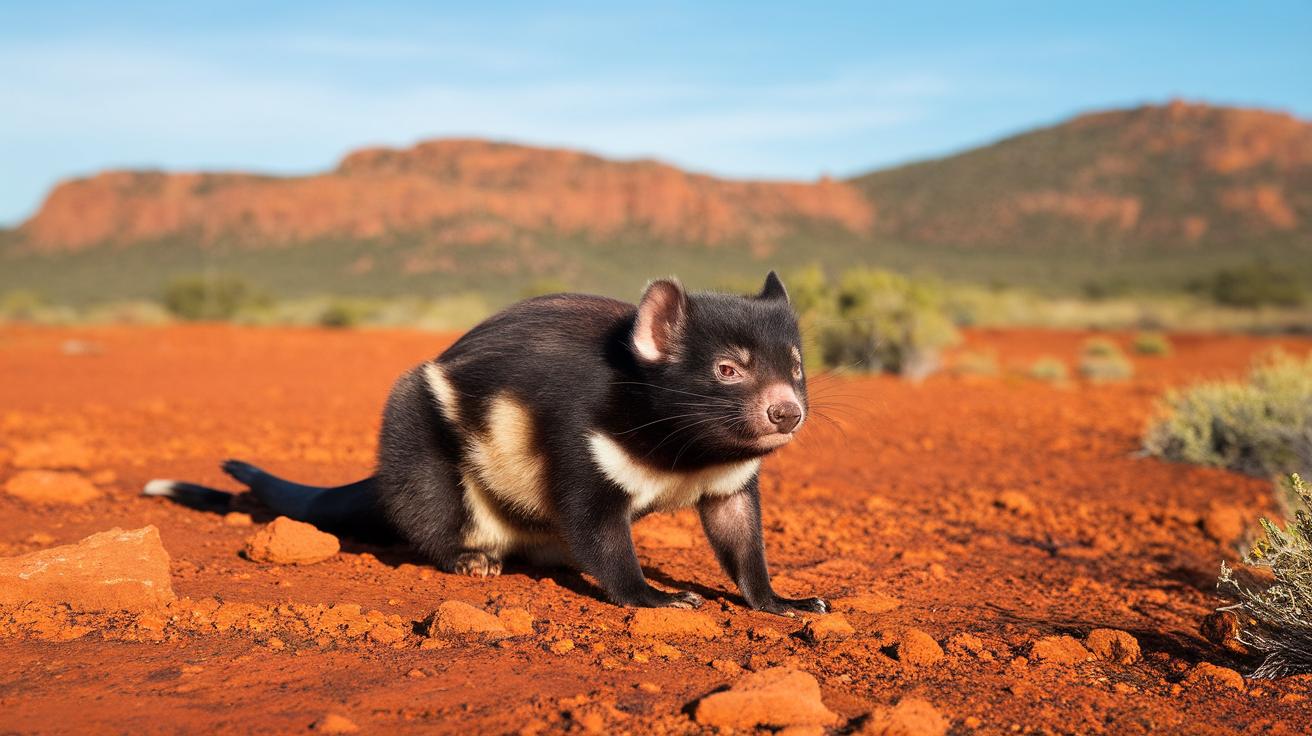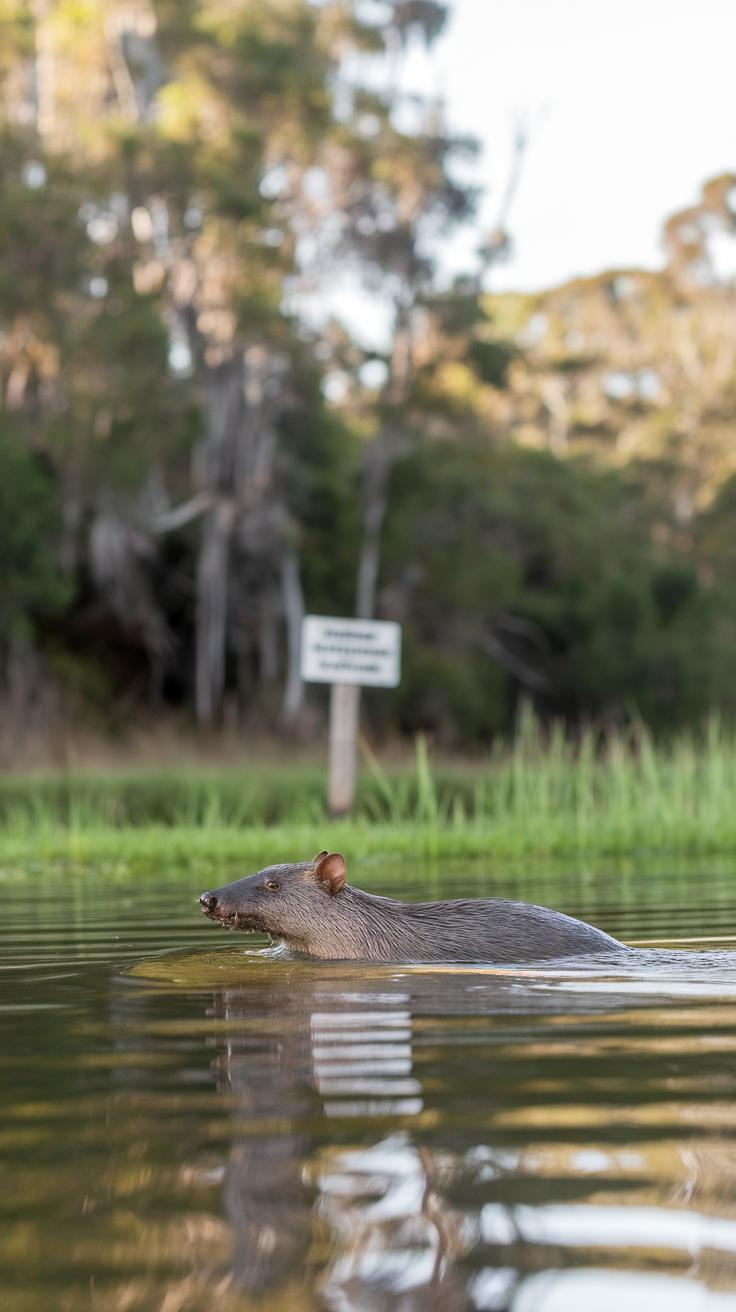Introduction
The platypus, a fascinating creature unique to Australia, offers insights not only into the diversity of mammalian life but also into evolutionary history. Its distinctive features, including a duck-bill, webbed feet, and a propensity for laying eggs, have long captivated scientists and nature enthusiasts alike. As a monotreme, this remarkable animal bridges the gap between reptiles and warm-blooded mammals, showcasing unique adaptations that enable it to thrive in semi-aquatic environments. In this article, we will delve into the various aspects of the platypus’s life, from its habitat in eastern Australia to its complex reproductive behaviors.
This exploration will take you through the captivating journey of the platypus in its wild environment, investigating its feeding habits, social behaviors, and the challenges it faces in a rapidly changing ecosystem. With a mix of scientific insight and appreciation for this extraordinary animal, we aim to raise awareness about the importance of conservation efforts for the platypus, whose populations are increasingly threatened by habitat destruction and pollution.
An Overview of the Platypus
Scientific Classification and Unique Status
The platypus, scientifically known as *Ornithorhynchus anatinus*, belongs to the family Ornithorhynchidae within the order Monotremata. This remarkable species is distinct for being one of the few monotremes—egg-laying mammals. A classification that separates it from other mammals, which give birth to live young. Native to Australia and Tasmania, the platypus is not only unique in reproduction but also in its anatomy and physiological traits.
Physical Characteristics
This remarkable creature boasts a plethora of distinctive features. The platypus has a broad, duck-like bill that is rich in electroreceptors, allowing it to detect prey underwater. Its body is covered with dense, waterproof fur, crucial for maintaining body temperature during swimming. With webbed feet, the platypus is an adept swimmer, while its claws facilitate burrowing into riverbanks. Males possess venomous spurs on their hind legs, a rare trait among mammals. These characteristics contribute to the platypus’s fascinating role in its ecosystem, showcasing the wonders of evolution.
Habitat and Distribution Examining the Geographical Reach of the Platypus
Habitat Overview
The platypus primarily inhabits the freshwater systems of Australia and Tasmania, thriving in rivers, lakes, and coastal streams. Preferring habitats with soft, muddy bottoms and abundant vegetation, this unique monotreme often constructs burrows near the water’s edge. These burrows not only provide refuge but also play a vital role in breeding. Seasonal flooding can significantly influence the availability of suitable habitats, requiring the platypus to adapt by relocating to temporary ponds or streams that remain stable.
Geographical Distribution
In Australia, the platypus is widespread, found in the eastern regions from Queensland to Tasmania. However, their populations are becoming increasingly fragmented due to urban development and agricultural practices. In Tasmania, the platypus flourishes in virtually all freshwater habitats, benefiting from the island’s relatively pristine environment. Conservation efforts are crucial to safeguard these native habitats, ensuring that the platypus can continue to thrive in its natural surroundings while maintaining its enigmatic presence in the wild.
Feeding Habits Dietary Preferences and Hunting Strategies of the Platypus
Understanding the Platypus Diet
The dietary preferences of the platypus reveal much about its unique ecological niche. Primarily insectivorous, this fascinating mammal consumes a varied diet consisting of aquatic invertebrates such as larvae, worms, and crustaceans. Its foraging habits are closely tied to its habitat, specifically the muddy riverbeds and shallow streams where these organisms thrive. Using its sensitive bill, the platypus effectively detects prey, even in murky water, by sensing electrical signals emitted by potential food sources.
Hunting Strategies and Feeding Behavior
During hunting forays, the platypus dives to the riverbed, often closing its eyes and ears to enhance its senses. Extended periods of underwater foraging allow this remarkable creature to consume an impressive amount of food daily, which fluctuates based on the energy demands of the changing temperature. This hunting strategy showcases adaptability, allowing the platypus to thrive in its freshwater environments while influencing its feeding success and overall health in the wild.
Social Structure and Behavior The Solitary Life and Mating Rituals of the Platypus
Platypuses are primarily solitary creatures, often inhabiting their own burrows and foraging alone. This solitary behavior allows them to maintain a low profile in their environment, reducing competition for food and minimizing the risk of predation. Although they may interact during the breeding season, these encounters largely revolve around mating rituals. Male platypuses are known to engage in elaborate courtship displays, which can include swimming in intricate patterns and vocalizations designed to attract potential mates.
Mating Behavior and Interactions
The mating season typically occurs in late winter to early spring. Male platypuses are equipped with venomous spurs, which they may use to assert dominance over rival males. Despite their fierce competition, platypuses show remarkable social tolerance outside the breeding season. After mating, females will start constructing a burrow for egg-laying and will solely undertake the responsibilities of nurturing the young, illustrating a complex social dynamic that balances solitary living with the necessity for reproductive cooperation.
Reproduction and Lifecycle Unraveling the Mating and Nurturing Process of the Platypus
Mating Rituals and Egg-Laying
The mating season for the platypus typically occurs between August and October, during which males engage in elaborate courtship displays to attract females. This is marked by dramatic movements and vocalizations that signal their readiness to mate. Once a pair has successfully mated, the female prepares for reproduction by seeking a suitable burrow near water, where she will lay her eggs. The platypus is one of the few mammals that lay eggs, typically producing one to three eggs per clutch. These leathery eggs, about the size of a marble, are incubated for approximately ten days.
Nurturing Young in the Nest
After the eggs hatch, the female plays a crucial role in nurturing her young, which are born blind and hairless. She provides nourishment through her milk, which is secreted from mammary glands and pools in grooves on her abdomen, allowing the young to lap it up. The mother remains vigilant, protecting her offspring for several months before they venture out to explore the world. As they grow, the young platypuses are gradually weaned and gain independence. This nurturing phase is critical for their survival, ensuring they are prepared for the challenges of life in the wild.
Conservation Status Examining the Threats to the Platypus in the Wild
Current Conservation Status
Recent assessments indicate that the platypus is classified as “Near Threatened” by the International Union for Conservation of Nature (IUCN). Its unique biology and habitat needs make it particularly vulnerable to environmental changes. As one of the few monotremes remaining, any decline in its population has significant ecological consequences.
Threats to Survival
The survival of the platypus is increasingly jeopardized by various factors. Habitat destruction due to urbanization, agriculture, and forestry development significantly disrupts their natural environments. Water pollution poses another formidable risk, affecting the quality of their aquatic habitats. Additionally, climate change contributes to altered water flows and temperatures, further threatening their survival. Invasive species also compete for resources, complicating the balance within their ecosystems. The cumulative effect of these pressures raises alarming concerns about the future of this remarkable creature in its native Australian habitats.
Cultural Significance The Platypus in Indigenous Australian Cultures and Society
Indigenous Connections with the Platypus
The platypus holds a profound place within the cultural tapestry of Indigenous Australian communities. Dreamtime stories frequently illustrate the creature’s unique characteristics and its role in the environment. These narratives serve not merely as entertainment but as crucial educational tools, instilling respect for the land and its inhabitants. In ceremonies and art, the platypus symbolizes adaptability and resourcefulness, traits highly valued among Indigenous peoples. Through these stories, the platypus becomes not just an animal, but a cultural emblem reflecting the deep connection between the people and their natural surroundings.
Broader Societal Contexts and Symbolism
In contemporary Australia, the platypus transcends its biological uniqueness to become an icon of national identity. Its extraordinary appearance and is often featured in wildlife conservation efforts, highlighting the need for environmental stewardship. The platypus is also a source of curiosity and wonder in popular culture, inspiring literature, art, and merchandise, contributing to its status as a celebrated species. This growing recognition underscores the importance of preserving both the platypus and its habitat, creating a sense of shared responsibility in protecting one of nature’s true marvels.
Evolutionary Importance Investigate the Platypuss Role in Evolutionary Studies
Revealing Mammal Ancestry
Understanding the platypus offers profound insights into mammalian evolution. This unique animal, a member of the monotreme group, lays eggs rather than giving live birth like most mammals. Such traits present a vivid picture of early mammalian characteristics, suggesting that these features were once widespread among ancestral species. Observing the platypus allows researchers to trace evolutionary adaptations that distinguish modern mammals from their reptilian relatives.
The platypus’s odd mix of features—including a bill resembling that of a duck and webbed feet—reflects a blend of evolutionary paths. Its genome has revealed significant information about the origins of features like lactation and fur. As a living fossil, the platypus exemplifies how evolutionary pressures mold species in response to their environments, shedding light on the complex tapestry of life on Earth.
Interesting Facts and Myths Unraveling the Curious Traits of the Platypus
Fascinating Facts about Platypuses
The platypus, an iconic Australian native, possesses several unique characteristics. This semi-aquatic mammal is one of the only five extant species of monotremes, meaning it lays eggs instead of giving birth to live young. With webbed feet and a bill resembling a duck’s, the platypus showcases remarkable adaptations for its environment. Notably, these creatures have the ability to detect electric fields generated by prey, thanks to electroreceptors in their bills. Their fur is not only waterproof but also helps to insulate against cold water, enabling them to thrive in diverse habitats, from rivers to coastal regions.
The Future of the Platypus Conservation and Population Outlook
Current Challenges Facing Platypus Populations
The outlook for platypus populations appears precarious due to various environmental threats. Climate change poses significant risks through alterations in habitat, including shifts in water availability and temperature, which impact breeding cycles. Urbanization and agricultural expansion contribute to habitat fragmentation, hindering the movement of these unique mammals and reducing their genetic diversity. Moreover, pollution in freshwater ecosystems further endangers platypus habitats, leading to a decline in food sources such as small invertebrates.
Conservation Initiatives and Hope for the Future
Despite these challenges, several conservation initiatives are underway aimed at preserving platypus populations. Organizations are focusing on habitat restoration, advocating for sustainable land-use practices, and enhancing legal protections for platypus habitats. Community engagement plays a vital role in these initiatives, raising awareness about the species’ plight. Scientific research continues to provide crucial data, informing strategies and fostering collaborative efforts. While the future remains uncertain, concerted conservation efforts present a glimmer of hope for maintaining healthy platypus populations in their natural habitats.
Conclusions
The platypus stands as a testament to the wonders of evolution and the diverse adaptations of wildlife. This iconic Australian species, with its unique attributes and ecological significance, highlights the importance of preserving its habitats to ensure its survival. Understanding the life of the platypus not only enriches our knowledge of biodiversity but also emphasizes the fragility of ecosystems in which such remarkable creatures reside.
As we reflect on the extraordinary life of the platypus, it becomes clear that protecting this species requires collective action and awareness. The challenges it faces in the wild underscore the urgent need for conservation initiatives. By promoting awareness and leading conservation efforts, we can help safeguard the future of the platypus and the delicate balance of its ecosystem.

